- In 2023 and 2024, global PV manufacturing capacity is expected to double, with China again accounting for more than 90% of the increase
- The total announced solar PV manufacturing in India, the United States and Europe is 30 GW (polysilicon) and 100 GW (module assembly).

According to the International Energy Agency, global solar photovoltaic manufacturing capacity will nearly double to nearly 1 terawatt by 2024. This expansion will be enough to meet the agency's annual net zero demand through 2050, with PV deployments expected to reach nearly 650 GW in 2030 and nearly 310 GW in 2024. However, the industry is struggling with the challenge of oversupply.

In 2022, global PV manufacturing capacity grew by more than 70% to nearly 450 GW, with China accounting for more than 95% of new capacity added across the supply chain. Chinese manufacturers are investing to expand wafer, battery and component manufacturing in Southeast Asia. In addition, due to the new industrial policy launched in 2022, manufacturing plants are expected to be deployed in India and the United States.
Production-related incentive programs in India and inflation reduction legislation in the United States have led to a surge in new solar manufacturing projects. More than 120% of such projects were announced between November 2022 and May 2023, with the potential to create a national supply chain with a capacity of more than 20GW in each region.

In Europe, new manufacturing capacity represents only 14% of announced projects since August 2022. The EU Green New Deal Industrial Plan and Net Zero Industry Bill aim for Europe to produce 40% of its PV target by 2030, but do not currently include specific incentives. The high price of industrial energy has also increased the cost of manufacturing solar photovoltaic equipment in EU countries.
The IEA said that without manufacturing policies or domestic content premiums, the EU's solar PV manufacturing competitiveness is lower than that of India or the United States.
In Europe, less than 1% of capacity is used for new cells, compared with 9% for ingots and wafers and only 6% for polysilicon production. Integrated manufacturing facilities produce three or more components, but nearly 80 percent of their announced capacity does not include dedicated polysilicon production. In addition, the capacity of the new component assembly plant is close to 30 GW, which is not in line with the announced capacity of other components, especially batteries and polysilicon. As a result, these new plants will still need to import batteries and other components from China.Editor/XingWentao
Comment
 Praise
Praise
 Collect
Collect
 Comment
Comment
 Search
Search


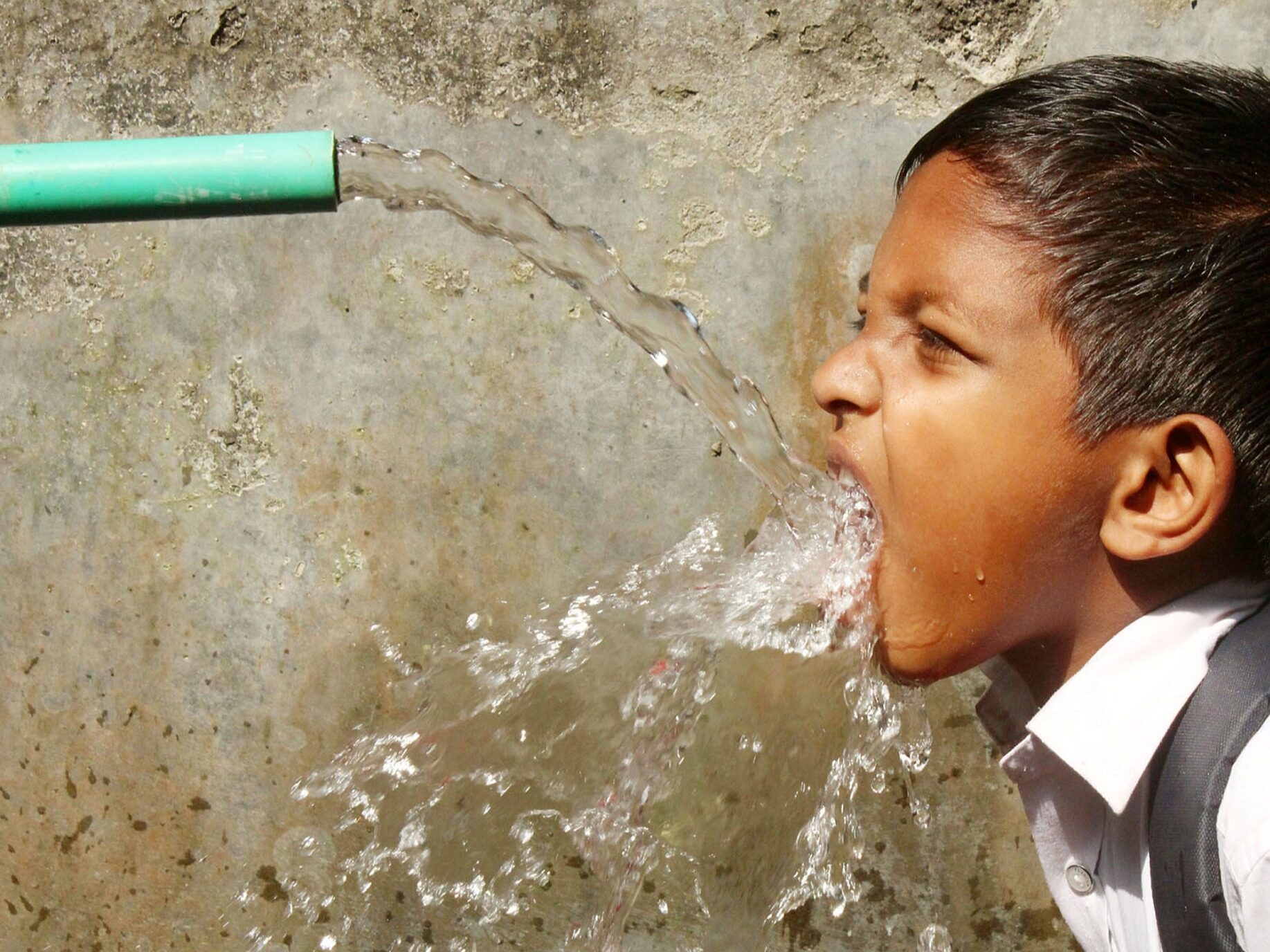
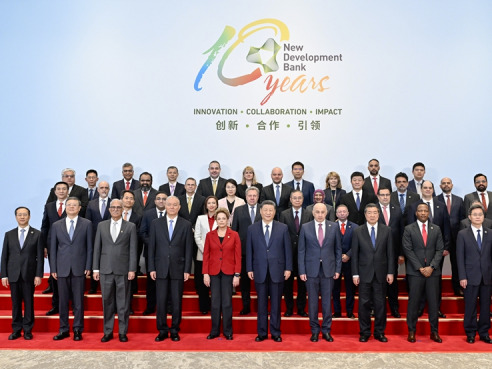
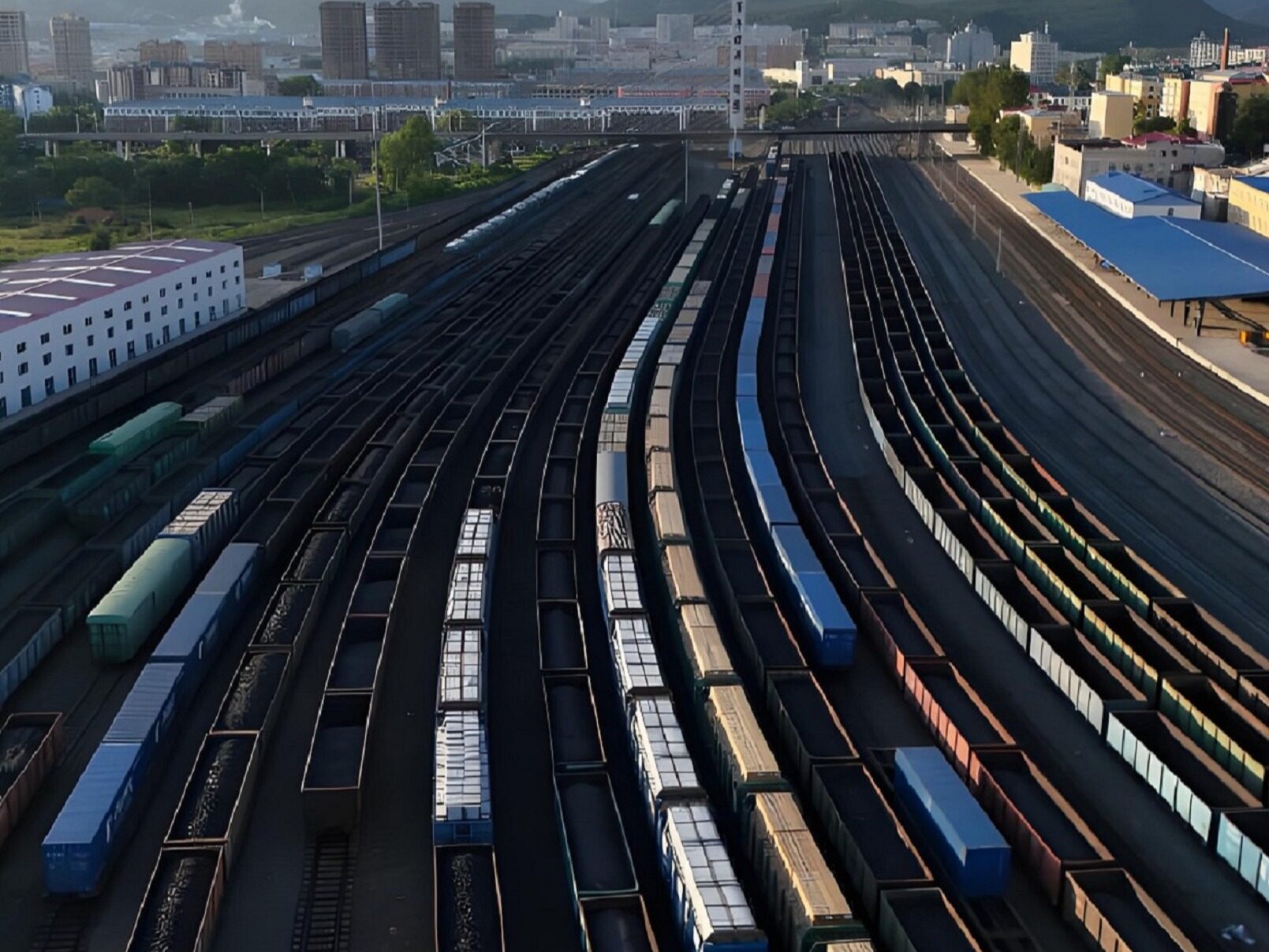
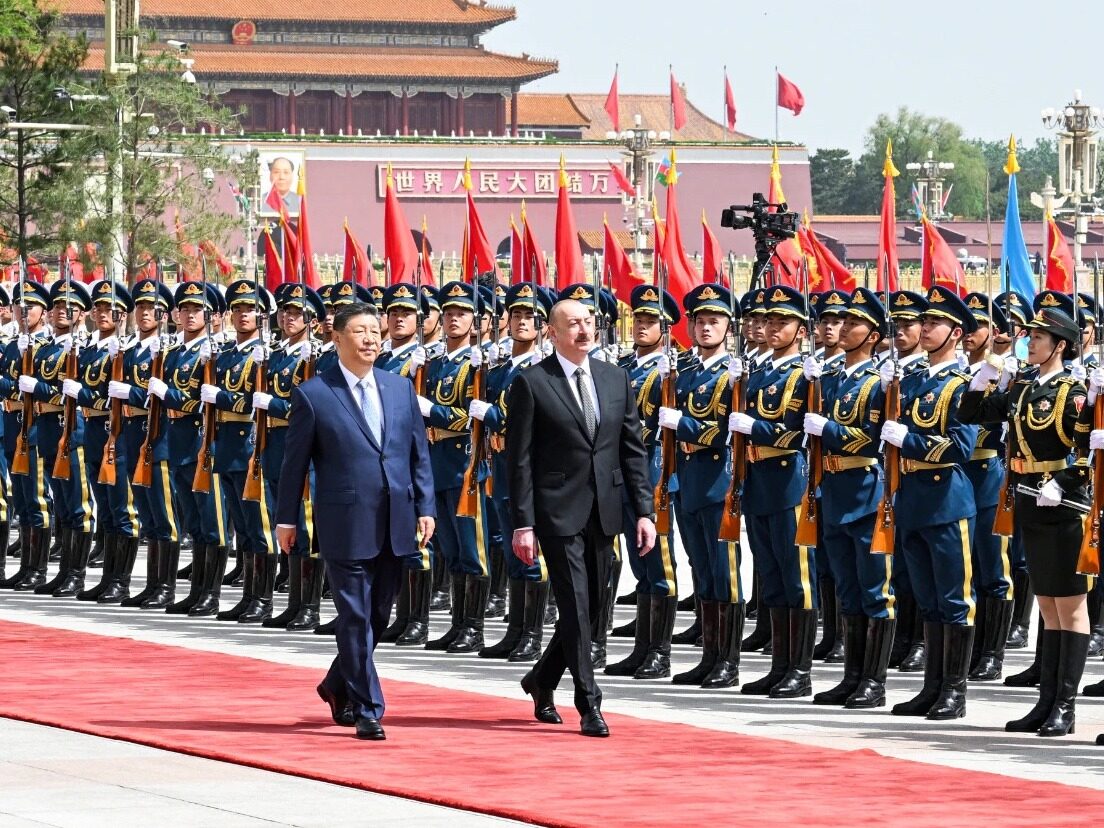

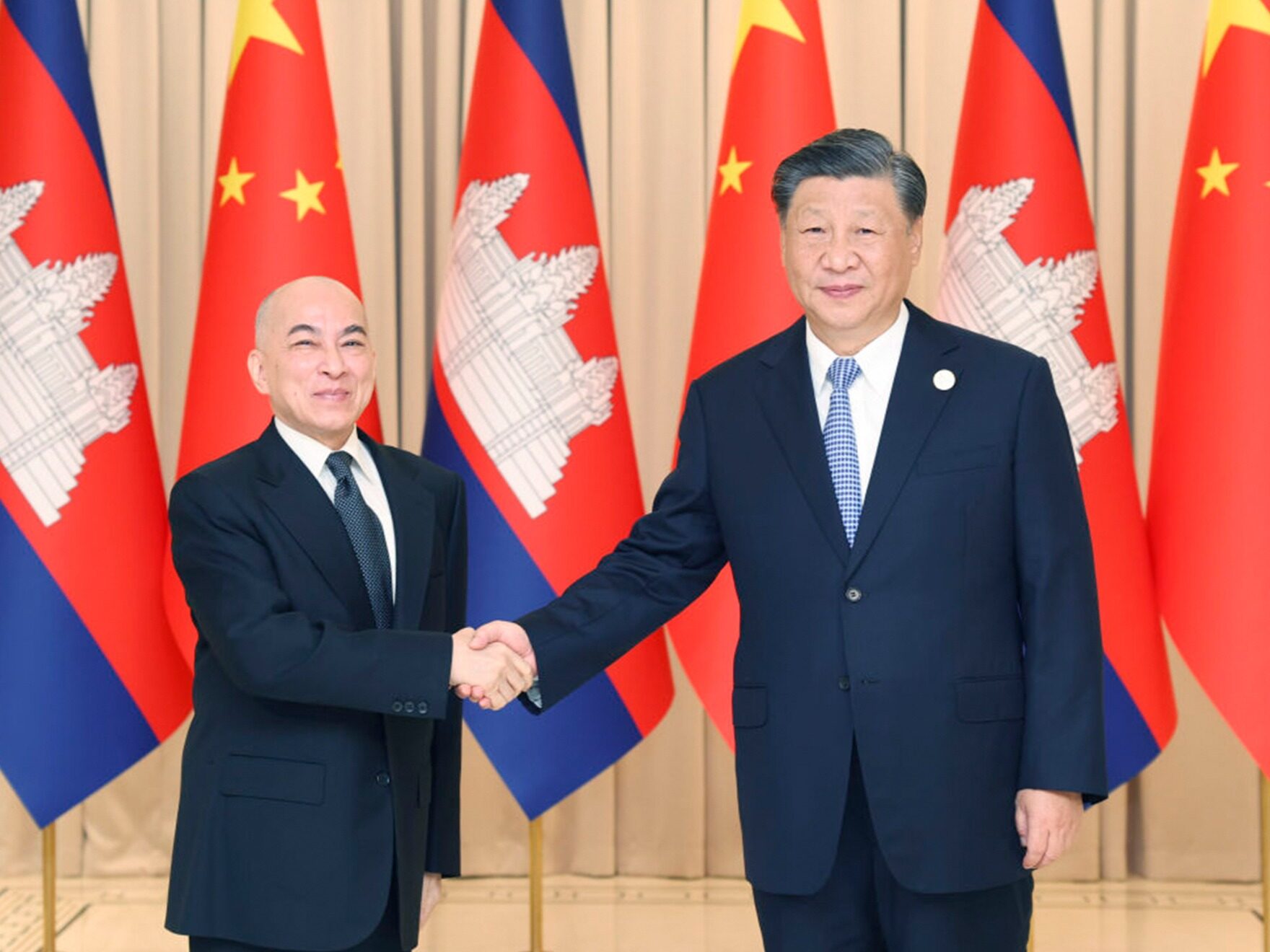






Write something~